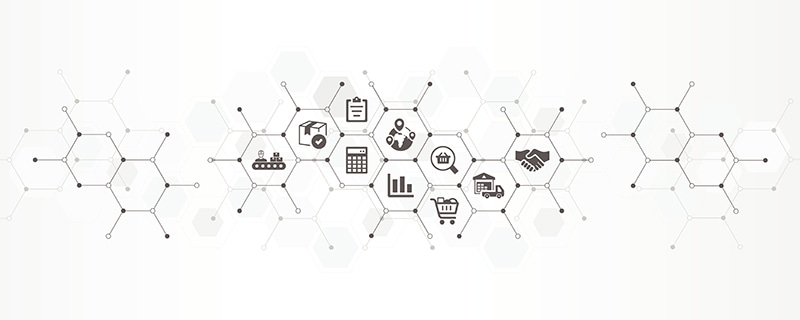Is Your Supply Chain “Blocked”?

People like me constantly champion the benefits of collaboration and visibility in the supply chain and warn that a lack of traceability and transparency can lead to delays, errors, and increased costs. To achieve this, supply chain participants need a unified view of data, while still being able to independently and privately verify transactions such as production and transport updates.
The million-dollar question is: How can we enable this unified view of a supply chain?
The answer may be blockchain technology, which can be used to build applications where multiple parties can transact directly via a peer-to-peer network, without the need for a central authority to verify transactions.
With blockchain, companies document production updates to a single shared ledger that provides complete data visibility and a single source of truth. Because transactions are always time-stamped and up to date, companies can query a product’s status and location at any time. This helps to combat issues like compliance violations, delays, and waste.
In addition, companies can take immediate action during emergencies such as product recalls, and the ledger audit trail ensures regulatory compliance.
Moreover, blockchain technology is now mature enough to interface with, and take advantage of, other emerging smart technologies such as IoT, smart contracts (pieces of code stored on a blockchain), and AI to provide an enhanced and secured supply chain and automatically track production, transportation, and quality control conditions.
There are great strategic reasons to implement blockchain, such as:
Reduced risk. Access to reliable data can help mitigate risks thanks to the timely identification of issues and potential alternatives. Blockchain creates a trusted, shared, and decentralized ledger that eliminates silos and guarantees all parties access thanks to tamper-proof records that help ensure the data’s trustworthiness.
Improved visibility and transparency. A blockchain-based supply chain can digitize physical assets and create a decentralized, immutable record of all transactions across the end-to-end value stream when paired with IoT devices and RFID tags.
Increased trust. By recording all supply chain transactions on a shared and immutable ledger, blockchain provides a level of trust that was previously impossible.
While this all may sound good—but challenging—it raises the question of how to actually implement it. Some generic implementation steps include:
1. Identify the potential use.
2. Develop a proof of concept.
3. Choose a blockchain platform.
4. Build and test the solution.
5. Construct the first block with all essential features.
6. Deploy the blockchain network.
7. Create a set of rules to determine how participants agree on the validity of transactions in a blockchain network (known as “consensus protocol”).
8. Build out the blockchain ecosystem.
To get started, select supply chain software—often integrated with a “platform” such as IBM or Amazon Web Services—that utilizes blockchain technology for more accuracy, reliability, transparency and trust.
Maybe it’s time to unblock your supply chain with blockchain.

